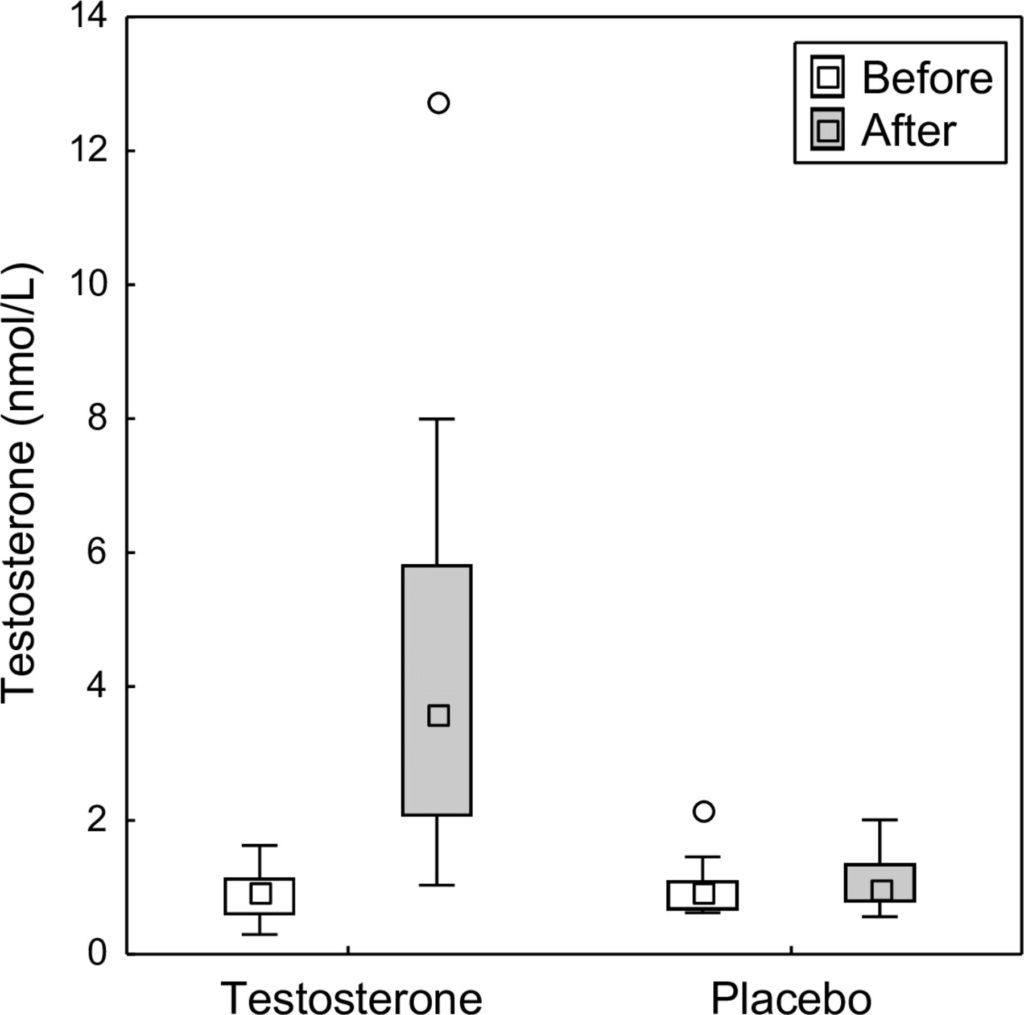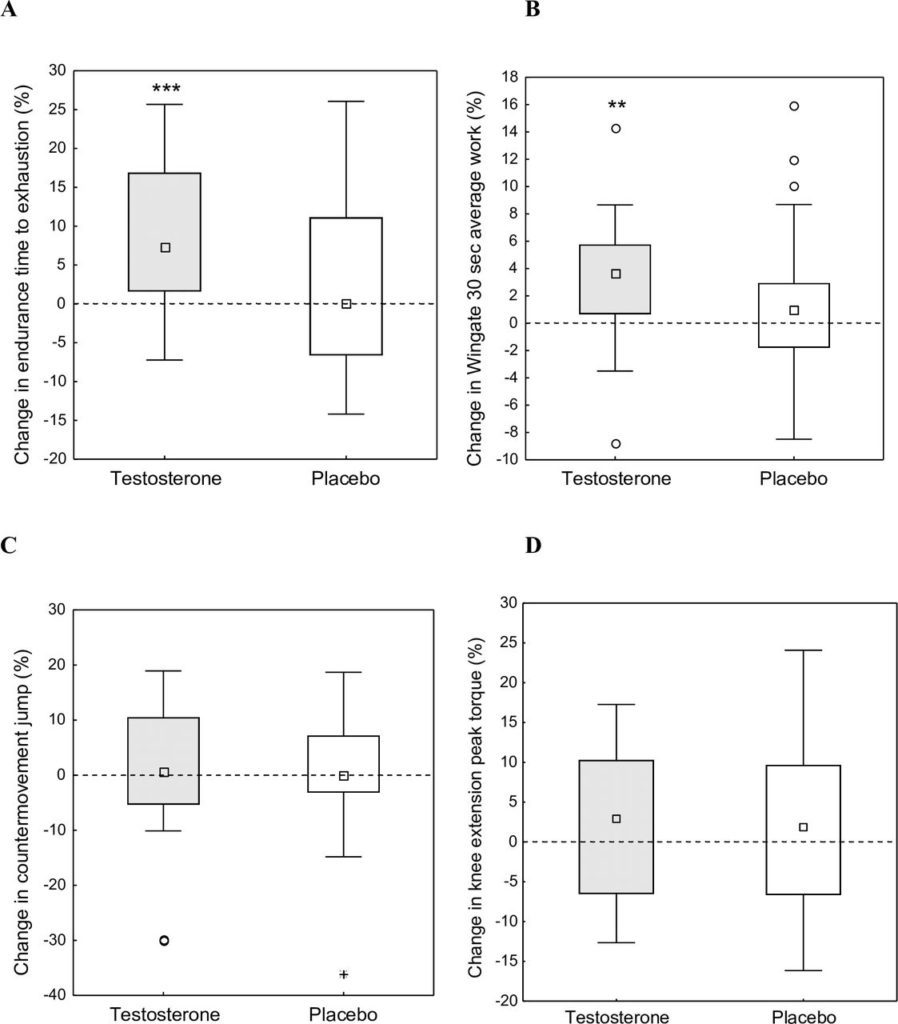Testosterone study shows aerobic benefit in female athletes
It claims to be the first randomized, placebo-controlled, double-blind to directly measure the effect of increased testosterone in women on running performance

The results of one of the first placebo-controlled, randomized, double-blind study on healthy, physically active women published in the October, 2019 edition of the British Journal of Sports Medicine leaves little doubt that increased testosterone significantly improves aerobic performance in women.
Effects of moderately increased testosterone concentration on physical performance in young women: a double blind, randomised, placebo controlled study https://t.co/fqiZTT8FeB
— Stuart Phillips (@mackinprof) October 16, 2019
The study, by researchers from Sweden, Monaco and France, looked at 48 healthy, active young women aged 18 to 35 between May 2017 and June 2018. They received applications on the thigh of 1 ml containing 10 mg of testosterone cream or a 1 ml placebo daily for 10 weeks, and any changes in the two groups’ aerobic performance were measured and compared (via running time to exhaustion). The study also measured anaerobic performance, muscle strength and other factors, as well as measuring the women’s hormone levels and body composition.
RELATED: IAAF rules on trans athletes’ testosterone levels
The study claims to be the first of its kind, and says “there is surprisingly little information about the effect of testosterone on physical performance in women. Few studies of female athletes have demonstrated associations between endogenous androgens levels, muscle mass and muscle strength.”
(Because testosterone is a banned substance under WADA anti-doping rules, the study subjects had to agree not to participate in competitions during the study or for one month after its completion.)

Serum testosterone increased in the group receiving the testosterone cream to an average of 4.3 nmol/L, which is 4.8 times higher than the baseline level. As a result, the testosterone group saw an 8.5 per cent increase (15.5 seconds in a running time to exhaustion test) in aerobic performance. Body composition showed changes in both groups, with both groups showing significantly decreased body fat percentage, but no significantly greater changes in one group over the other. Anaerobic performance also increased in both the testosterone and placebo groups by roughly similar amounts. Muscle strength and other factors showed no significant change in either group.

Considering, though, that the race distances where the testosterone rule applies are between 400m and the mile, which draw on athletes’ anaerobic capacity more than their aerobic capacity (which is used in longer-distance endurance events), the results do not seem so obviously to support the testosterone rule as it currently applies.
The authors acknowledged the controversy surrounding the testosterone issue with regard to female athletes with DSD (such as Caster Semenya, who was not allowed to race her chosen distance of 800m at the recent World Championships because of her refusal to artificially lower her naturally-high testosterone): “In 2015, the Court of Arbitration of Sport suspended the IAAF regulations pending receipt of further scientific evidence on the role of testosterone for athletic performance in female athletes. Later, after another trial, the Court of Arbitration of Sport delivered an award supporting the validity of the DSD regulations. The decision was sent for appeal to the Swiss Federal Tribunal, which dismissed the athlete’s case on 31 July 2019.”
RELATED: Seb Coe defends IAAF’s position in Semenya case in CNN interview
The study concludes that “our results support a causal aerobic performance enhancing effect of moderate testosterone exposure in young women.” It acknowledges the relatively short length of time the treatment took place and the fact that the test showed only moderate increases in serum testosterone levels that were still within the average female range of 0.1–1.8 nmol/L. It also acknowledged the uncertainty of whether the results can be extrapolated to elite females.


